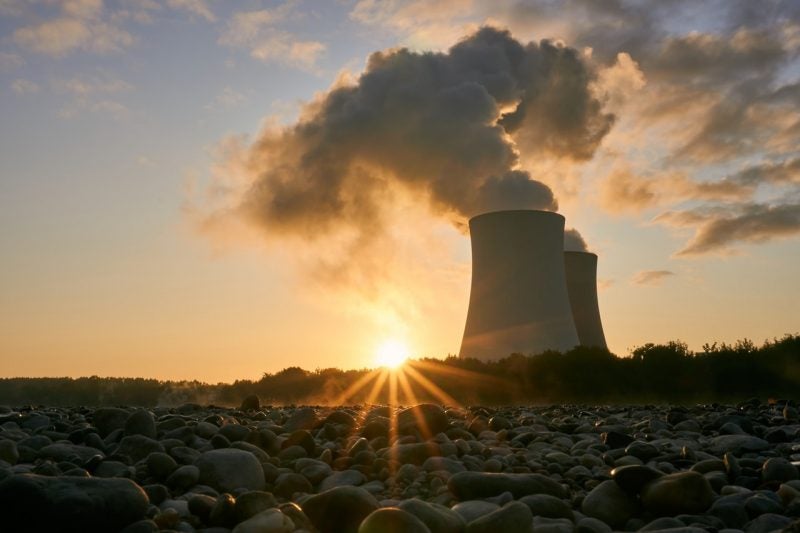Nippon Chemi-Con has been granted a patent for a storage device with improved cycle lifetime. The patent describes an electrode made of an active material and conductive carbon, where the active material’s surface is covered by the conductive carbon. The electrode’s Raman spectrum includes peak intensities from both the active material and the conductive carbon, with a peak intensity ratio of 0.25 or more. GlobalData’s report on Nippon Chemi-Con gives a 360-degree view of the company including its patenting strategy. Buy the report here.
According to GlobalData’s company profile on Nippon Chemi-Con, Hydrogen storage alloys was a key innovation area identified from patents. Nippon Chemi-Con's grant share as of September 2023 was 28%. Grant share is based on the ratio of number of grants to total number of patents.
Patent granted for electrode with improved cycle lifetime
See Also:
A recently granted patent (Publication Number: US11777099B2) describes an electrode with specific characteristics for use in storage devices. The electrode consists of an active material and a conductive carbon, which includes oxidized carbon. The conductive carbon covers the surface of the active material.
One important feature of the electrode is its Raman spectrum, which shows distinct peak intensities. The Raman spectrum includes a peak intensity (a) derived from the active material and a peak intensity (b) of the D-band derived from the conductive carbon. The patent claims that the peak intensity ratio (b)/(a) should be 0.25 or more, and preferably 0.70 or more. This ratio indicates the relative intensities of the two peaks and is an important factor in determining the electrode's performance.
Additionally, the patent specifies that the Raman shift amount of the peak intensity (b) of two D-bands derived from the conductive carbon should be between 1300 cm-1 and 1400 cm-1. This range further characterizes the conductive carbon used in the electrode.
The patent also discloses a production method for the electrode. The method involves a series of processes, including adding the conductive carbon (including oxidized carbon) to a solvent and wet kneading the mixture. The active material is then added and wet kneaded to obtain a slurry. Finally, the slurry is applied to a current controller and press molded to form the electrode.
The granted patent also mentions that the conductive carbon used in the electrode can be a mixture of oxidized conductive carbon and another type of conductive carbon.
Overall, this patent describes an electrode with specific characteristics, including the use of oxidized carbon in the conductive carbon and the desired peak intensity ratio in the Raman spectrum. The patent also provides a production method for the electrode. This technology could potentially improve the performance and efficiency of storage devices.
To know more about GlobalData’s detailed insights on Nippon Chemi-Con, buy the report here.
Premium Insights
From

The gold standard of business intelligence.
Blending expert knowledge with cutting-edge technology, GlobalData’s unrivalled proprietary data will enable you to decode what’s happening in your market. You can make better informed decisions and gain a future-proof advantage over your competitors.





